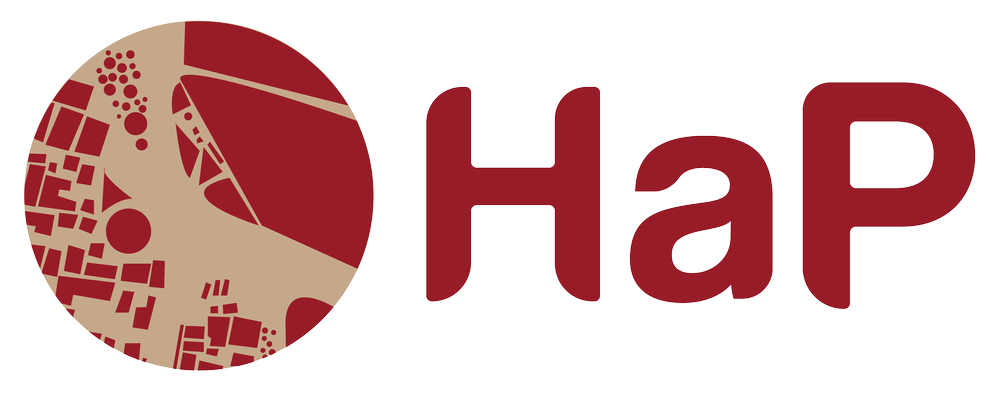rolpa and Rukum
The districts of Rukum and Rolpa were the heartlands of the Maoist movement during Nepal's insurgency and subsequent civil war, which lasted from 1996 to 2006 and claimed 17000 lives. Many of the Maoist movement's leaders, supporters, and soldiers originated from Rukum and Rolpa, two districts known for their rough terrain and relative inaccessibility.
Photo courtesy of Stefanie Lotter.
Today, these districts are sites of intense heritage placemaking, with dozens of martyrs' parks constructed to honour the dead and visualise the devastating losses borne by villages and towns. Alongside numerous commemorative parks, a significant series of museums and heritage sites are currently under development to preserve historic locations of the 'People's War'. Former conflict sites, shelters, meeting halls, and venues of the peace process are being curated into museums and heritage sites by local authorities, who seek provincial and central funding but receive little assistance with interpretation.
Stefanie Lotter’s study explored museum projects in Holderi, Pyutan, Tila, Dadagaon, Thabang, Mahat, Chunwang, Musikot etc, discussing plans and sites with local authorities, residents, artists, and visitors.
Photo courtesy of Stefanie Lotter.
Photo courtesy of Stefanie Lotter.



